FOREWORD Q&A
By:
October 16, 2023
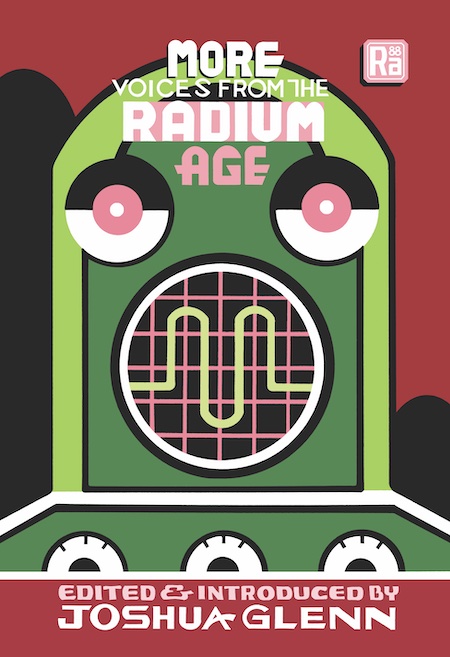
The following interview with HILOBROW’s Josh Glenn (from August 2023), about the new Radium Age proto-sf anthology More Voices from the Radium Age (MIT Press), first appeared in Foreword.
FOREWORD REVIEWS: This anthology is dedicated to what you call “proto-science fiction” stories originally published between 1900 and 1935. What’s distinctive about speculative fiction from this early 20th century era?
JOSH GLENN: I’m an enthusiastic reader of early 20th century authors — from Henry James to Dorothy L. Sayers, and from E. Nesbit to Robert E. Howard. So one thing that demands saying about proto-science fiction (that is, speculative fiction published after the scientific romances of Wells and Verne, and mostly before the term “science fiction” existed) is that quite a lot of it is terrifically well-written, smart, and entertaining. This came as a surprise to me, since genre historians have typically suggested that any sf before the so-called Campbell Revolution of the mid-1930s on isn’t worth reading! I also find it fascinating to watch “science fiction” as we know it emerge, during these years, from a primordial ooze… of horror, romance, westerns, and other outré genre literature.
FOREWORD REVIEWS: What inspired you to call this period in science fiction the Radium Age? What were some of the social, political, and scientific currents underway at the time?
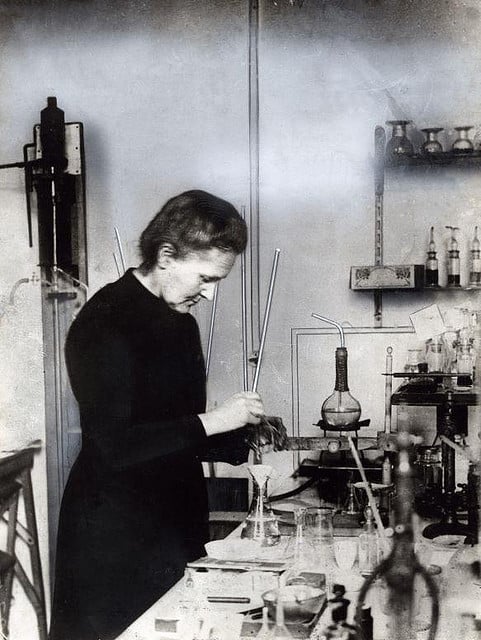
JOSH GLENN: When I first started trying to raise awareness about science fiction’s emergent era, c. 1900–1935, I called it the “pre-Golden Age.” But then I stopped believing the hype about science fiction’s so-called Golden Age, which was in many respects less diverse and experimental than the era that had immediately preceded it. While searching for a new moniker, I also happened to be reading up on the extraordinary scientific career of Marie Curie — who shared a Nobel Prize for her discovery of radium in 1903, only to die of radiation-induced leukemia in 1934. Aha! In honor of Curie, I started using the phrase “Radium Age proto-science fiction.” Curie’s theory of radioactivity, which quickly led to the deeply unsettling insight that the atom is, at least in part, a state of energy constantly in movement, is an apt metaphor for the 20th century’s so-called “vertigo” years — a time when women, people of color, the working class, and colonized peoples everywhere were rising up against oppression. The scientific breakthroughs of the era were also bewildering; the universe that scientists like Einstein and others discovered was an all but incomprehensible one.
FOREWORD REVIEWS: One of my favorite stories in this collection, Algernon Blackwood’s “A Victim of Higher Space” (1914), describes a character caught between this world and a space-time of infinite dimensions. The story is written with a light touch and a playful, wry humor. What does Blackwood achieve with this story?
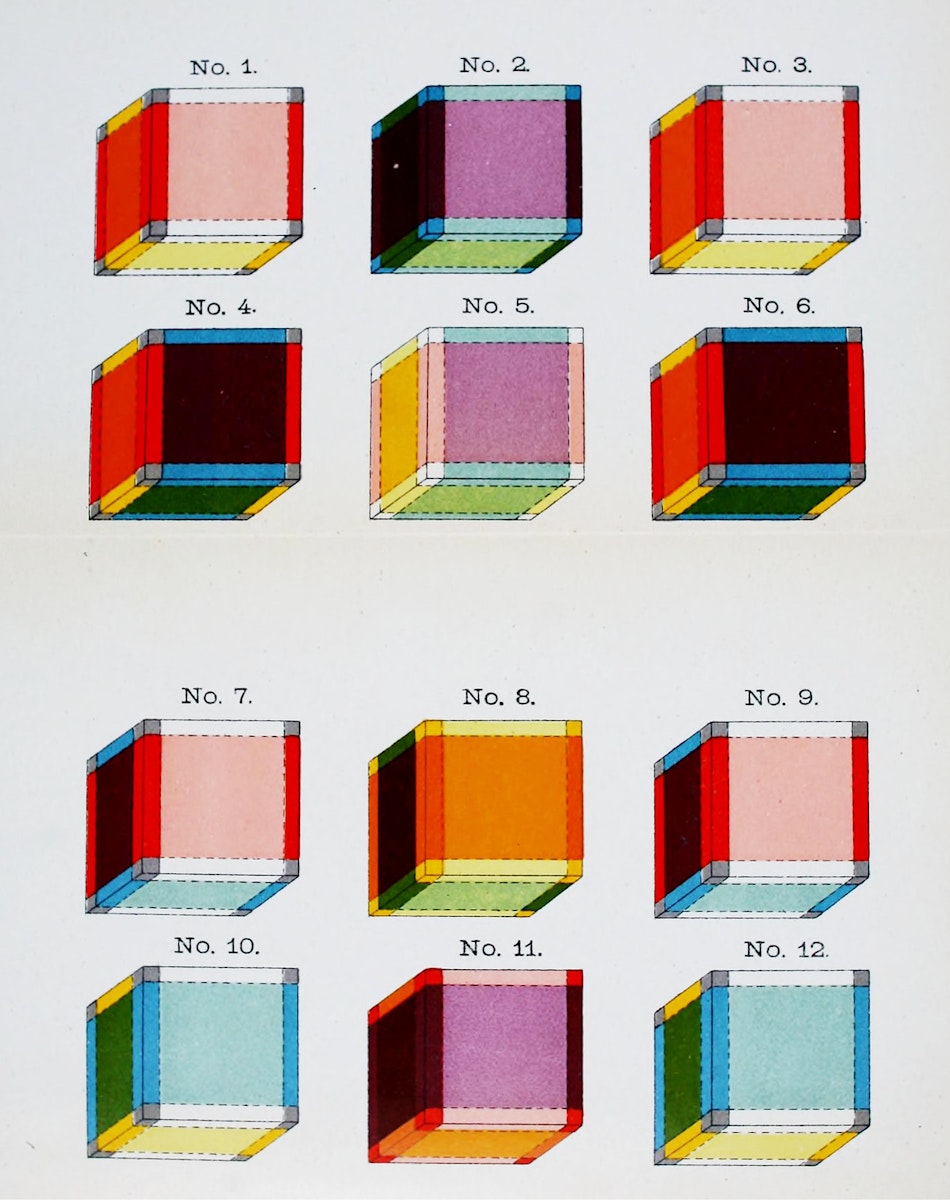
JOSH GLENN: Blackwood, a pioneer of what was later termed “weird fiction” — think of H.P. Lovecraft, say, or more recently, China Miéville — was riffing here on the era’s fascination with theories of higher-dimensional spaces. Since the 1880s, this sort of thing had been popularized by the mathematician Charles Howard Hinton, among others—who urged dimension-curious seekers to develop their intuitive perception of hyperspace by meditating upon the “tesseract” — a four-dimensional analog of the three-dimensional cube. (See, for example, “Views of the Tesseract (1904)” at Public Domain Review.) In this story, a fellow named Mudge who has been all too successful in revolutionizing his means of perception, pays a panicked visit to Blackwood’s character John Silence, an early example of the “occult detective.” I should mention that Blackwood was a member of the Hermetic Order of the Golden Dawn, a society devoted to the semi-scientific study and practices of the occult, metaphysics, and the paranormal… so perhaps he empathized with the terrors that Mudge has discovered!
FOREWORD REVIEWS: Several stories in More Voices from the Radium Age feature strong female characters, and one especially fascinating tale, 1923’s “The Finding of the Absolute,” is written by a woman. Was the Radium Age more progressive in addressing women’s equality than the “Golden Age” of science fiction that followed?
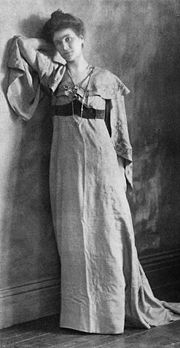
JOSH GLENN: The author of the smart, funny, and extremely trippy story you mention, May Sinclair, is a now-forgotten modernist author and critic who was one of the first to use the phrase “stream of consciousness” in a literary context. She was the first British writer to praise T.S. Eliot’s Prufrock, and Eliot was a fan of hers too. (So was Borges.) A number of women wrote proto-sf stories and novels, including Charlotte Haldane, Cicely Hamilton, Pauline Hopkins, Rokeya Sakhawat Hossain, Edith Nesbit, Rose Macaulay, Marietta Shaginyan, and Francis Stevens (Gertrude Barrows Bennett)… and that’s just a list of writers we’ve published so far as part of the series, or who we’ll publish soon. (The sf scholar and anthology editor Lisa Yaszek and two of her students recently pulled together quite a comprehensive list of “Sisters of the Radium Age,” which is here.) And yes, to answer your question, there is compelling evidence that a greater percentage of people writing (proto) sf for pulp magazines before the so-called Golden Age, as compared with during that period, were women. The influential Golden Age sf editor John W. Campbell was not just racist but misogynistic; his peers were too, it seems.
FOREWORD REVIEWS: Valery Bryusov’s 1907 story “The Republic of the Southern Cross” explores dystopian themes. Did Radium Age proto-science fiction help pave the way for today’s boom in dystopian fiction?
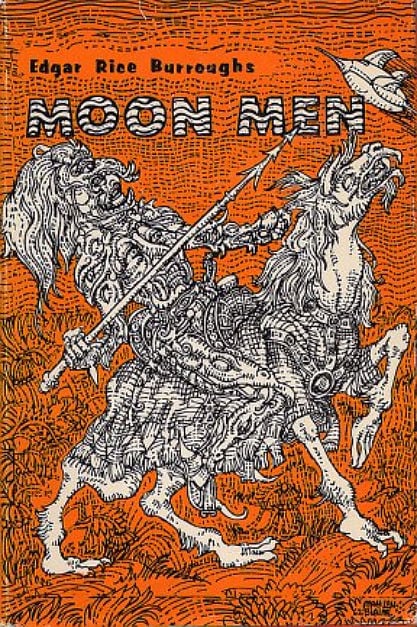
JOSH GLENN: I’ve heard it argued that Plato’s Republic, supposedly a utopia, is in fact a satire of utopias… but yes, dystopian sf as we know it first took shape during this era. Anxieties not only about new scientific breakthroughs and technologies, but about social and cultural developments in western societies, led to a plethora of gloomy predictions. This sort of thing really took off after the Russian Revolution of 1917–1923 — see, for example, everything from Edgar Rice Burroughs’s Moon Men stories (one of which will seem very familiar to fans of the Red Dawn movies) to Yevgeny Zamyatin’s We. What’s fascinating about Bryusov’s story is that his imagined society in which efficiency has been extended into all spheres of life predates the Russian Revolution by a decade. It’s crucial to acknowledge that the theory of scientific management — a capitalism-friendly development most popular around the turn of the century — also caused deep unease.
FOREWORD REVIEWS: The stories in this collection are remarkably diverse in subject and style. How can a renewed focus on these often-neglected stories enlarge our vision for science fiction and speculative fiction?
JOSH GLENN: “The man of science must have been sleepy indeed,” as the author of The Education of Henry Adams would recall in 1907, “who did not jump from his chair like a scared dog when, in 1898, Mme. Curie threw on his desk the metaphysical bomb she called radium.” I hope that the Radium Age series will have a similarly enlivening effect on science fiction scholars and readers alike, many of whom are (as I myself once was) sadly uninformed about the origins of the genre. Pleasurable, if also uncanny thrills and chills await those of us intrepid enough to explore this overlooked body of literature.
MORE RADIUM AGE SCI FI ON HILOBROW: RADIUM AGE SERIES from THE MIT PRESS: In-depth info on each book in the series; a sneak peek at what’s coming in the months ahead; the secret identity of the series’ advisory panel; and more. | RADIUM AGE: TIMELINE: Notes on proto-sf publications and related events from 1900–1935. | RADIUM AGE POETRY: Proto-sf and science-related poetry from 1900–1935. | RADIUM AGE 100: A list (now somewhat outdated) of Josh’s 100 favorite proto-sf novels from the genre’s emergent Radium Age | SISTERS OF THE RADIUM AGE: A resource compiled by Lisa Yaszek.
